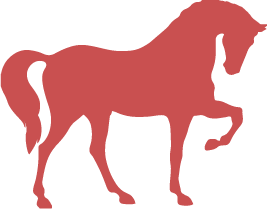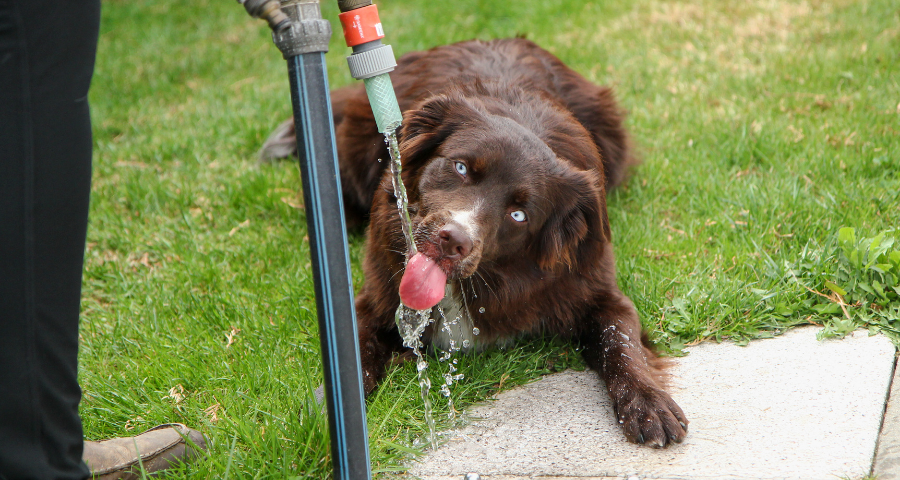PET CARE: SPECIAL OFFERS FROM THE SPRING CATALOGUE
Here are our leading offers for Pet care from the Spring Catalogue. Prices may vary due to freight. Kills Ticks, Fleas, Intestinal…
Free Delivery when you spend $49 or more. (Weight Limits Apply – view more)
 Dog
Dog

Shop Tuckers great range of dog food, health care & wellness products today. Delivered or Click & Collect.
 Cat
Cat

Tuckers has a great range of cat food, health care & litter products for your beloved cat. Shop now.
 Horse
Horse

Tuckers carry a huge range of food, supplements, health care, hoof care and grooming accessories. Shop now.
 Chook/Bird
Chook/Bird

Tuckers range of food, accessories & health care products will keep your chooks & birds happy and healthy.
 Small Animal
Small Animal

Shop food and health care products for your little mates @ Tuckers. Delivered or Click & Collect.
 Farm/Garden
Farm/Garden

Tuckers carry a wide range of sheep & cattle products, plus everything you’ll need around the farm or garden.
 Dog
Dog

Shop Tuckers great range of dog food, health care & wellness products today. Delivered or Click & Collect.
 Cat
Cat

Tuckers has a great range of cat food, health care & litter products for your beloved cat. Shop now.
 Horse
Horse

Tuckers carry a huge range of food, supplements, health care, hoof care and grooming accessories. Shop now.
 Chook/Bird
Chook/Bird

Tuckers range of food, accessories & health care products will keep your chooks & birds happy and healthy.
 Small Animal
Small Animal

Shop food and health care products for your little mates @ Tuckers. Delivered or Click & Collect.
 Farm/Garden
Farm/Garden

Tuckers carry a wide range of sheep & cattle products, plus everything you’ll need around the farm or garden.

Courtesy Ranvet
We all know how good a glass of water is after hard work, and the same goes for our canine companions! However, unlike humans who can sweat, dogs thermoregulate through panting. This action involves moisture loss through the tongue and mouth, at a volume that increases with the length and difficulty of their exercise or working activities. Especially in working dogs, the risk of developing dehydration is increased, due to the nature of their exercise. In the below article we highlight diagnostics of dehydration and how electrolyte supplementation can be an effective tool in preventing its development.
Dehydration in Dogs
Dehydration occurs when body fluid loss is greater than fluid intake. It consequently shifts the balance of Sodium (causing Hypernatremia), Potassium (causing Hypokalemia) and Chloride. Body fluid loss is natural and occurs daily. Dehydration however can most commonly occur as a result of 3 activities
An excessive degree of a single or combination of these activities can onset dehydration, with physical diagnostic signs visible from the stage of 5% body water loss.
Signs of Dehydration
Preliminary signs of dehydration may be behavioural, such as a decrease in general alertness and lethargic actions. Both urination frequency and colour can be used as a hydration observation. In a healthy, hydrated dog, urine should be a clear, light to medium yellow colour, and frequency should be regular throughout the day. In a dehydrated dog, this colour darkens, shifting toward brown shades, and frequency is significantly reduced.
As a dog owner, you can check for dehydration using two quick and practicable methods.
A gum test uses the capillary refill time as a tool for measuring hydration. It is performed by gently placing pressure with your thumb or forefinger, onto the dog’s gum. The area with pressure will turn pale. Upon release, the colour should return to a bright pink within 2 seconds, indicating a well-hydrated animal. When making observations in the mouth, you can also observe the texture of the gums and tongue. A dry or sticky feel can indicate a lack of moisture, and consequently a potential of developing dehydration. It is important however to note that performing this observation immediately after strenuous work may provide a misleading result, as a natural moisture decline occurs as a result of exertion.
For young to middle-aged dogs, the skin has a strong, natural elasticity. This can be used to observe hydration via a pinch test. Using your thumb and forefinger, gently pinch and lift a section of skin, at the back of the neck or along the back, creating a tent. Upon release, the skin should return flat immediately for a well-hydrated dog. If the skin remains pinched or takes several seconds to return flat, the dogs’ moisture levels are low, and a degree of dehydration may be present. Completing a test when you know your dog is well hydrated, can provide you with a baseline measurement.
Consequences of Dehydration
Failure to recognise and treat dehydration, particularly in severe cases, can induce further health issues including seizures and loss of consciousness. A decrease in blood pressure, reducing the ability of blood to carry oxygen, has been reported to occur in severe dehydration cases, and can further worsen into life-threatening shock. In less severe cases, a loss of appetite and muscle fatigue can occur. Depending on the degree of severity, consequences can be short term or long term in nature, exemplifying the importance of responding quickly to the early signs.
Electrolytes and Dehydration Prevention
The first and foremost way to reduce the chances of developing dehydration is by providing cool, clean water, ad libitum. Allowing dogs to drink frequently will help re-moisten their nose and mouth, particularly after panting.
Providing an oral electrolyte has also been shown to reduce the risk of dehydration cases by encouraging increased fluid intake and replenishing lost nutrients. Research has shown that fluid consumption in working police and military search dogs, was significantly influenced by the hydration strategy. The provision of electrolytes showed to more than double water consumption when compared to dogs provided only with plain water. A premium grade electrolyte will also provide replenishment of key vitamins and minerals, including Sodium, Potassium, Chloride and B Group Vitamins, which are lost via excretion of body fluids. Each of these nutrients play vital roles in cell, nerve and body function, making their supplementation beneficial to the overall health of the dog, reducing muscle fatigue and encouraging peak performance.
Ranvet Salka-Lite
Ranvet’s Salka-Lite is a premium grade electrolyte and B Group Vitamin replacer which can help maintain nerve and muscle function, and an optimum body fluid balance. Supplementation provides essential body salts, Potassium, Magnesium, Sodium and Chloride, along with potent antioxidants to aid performance and recovery. Salka-Lite can be provided as a feed or water additive daily, after intense work, or when travelling.
Entire range - quick and secure delivery
Buy securely online and pickup at your local store
Call your local store and come on down to pickup
© 2024 Tuckers Pet & Produce.
